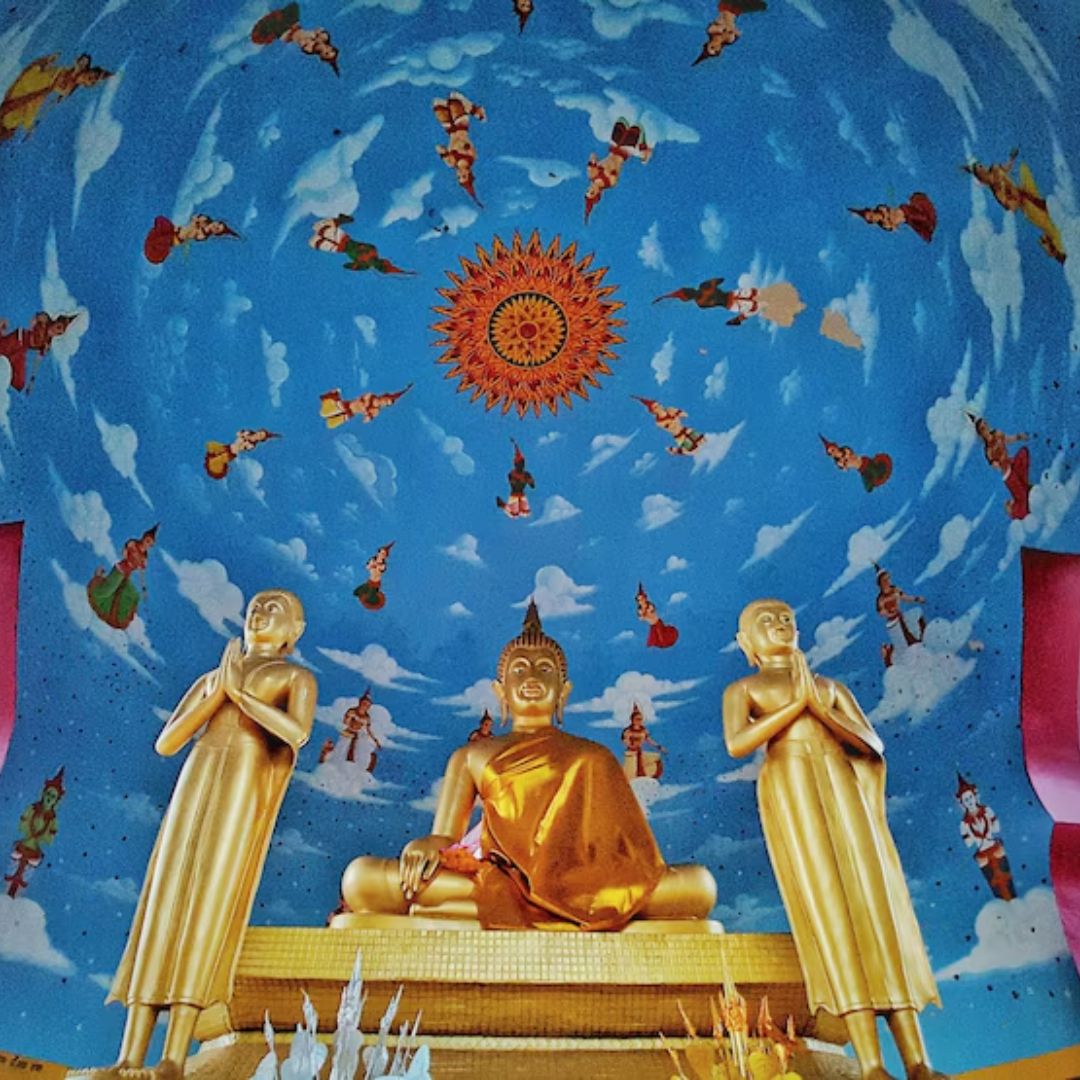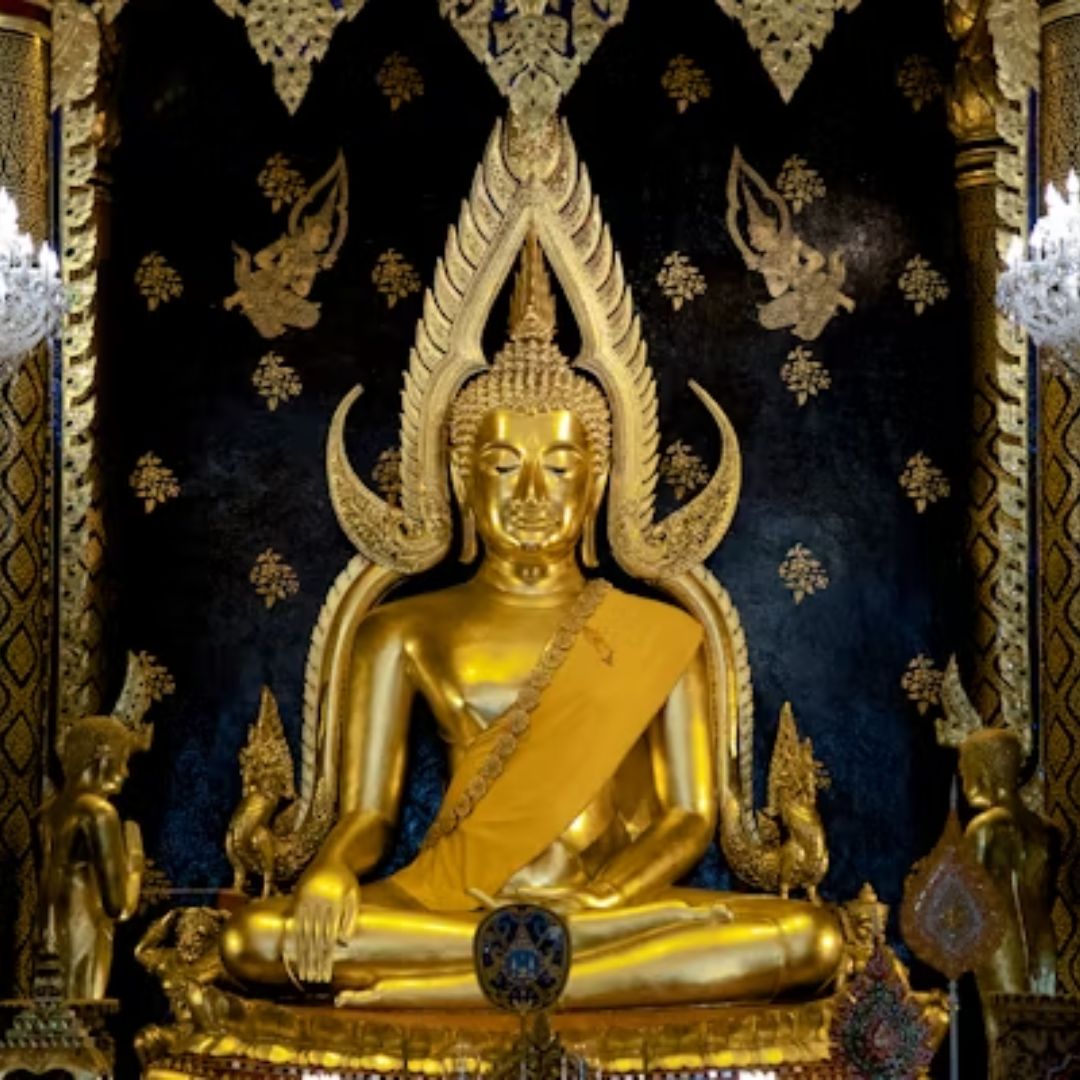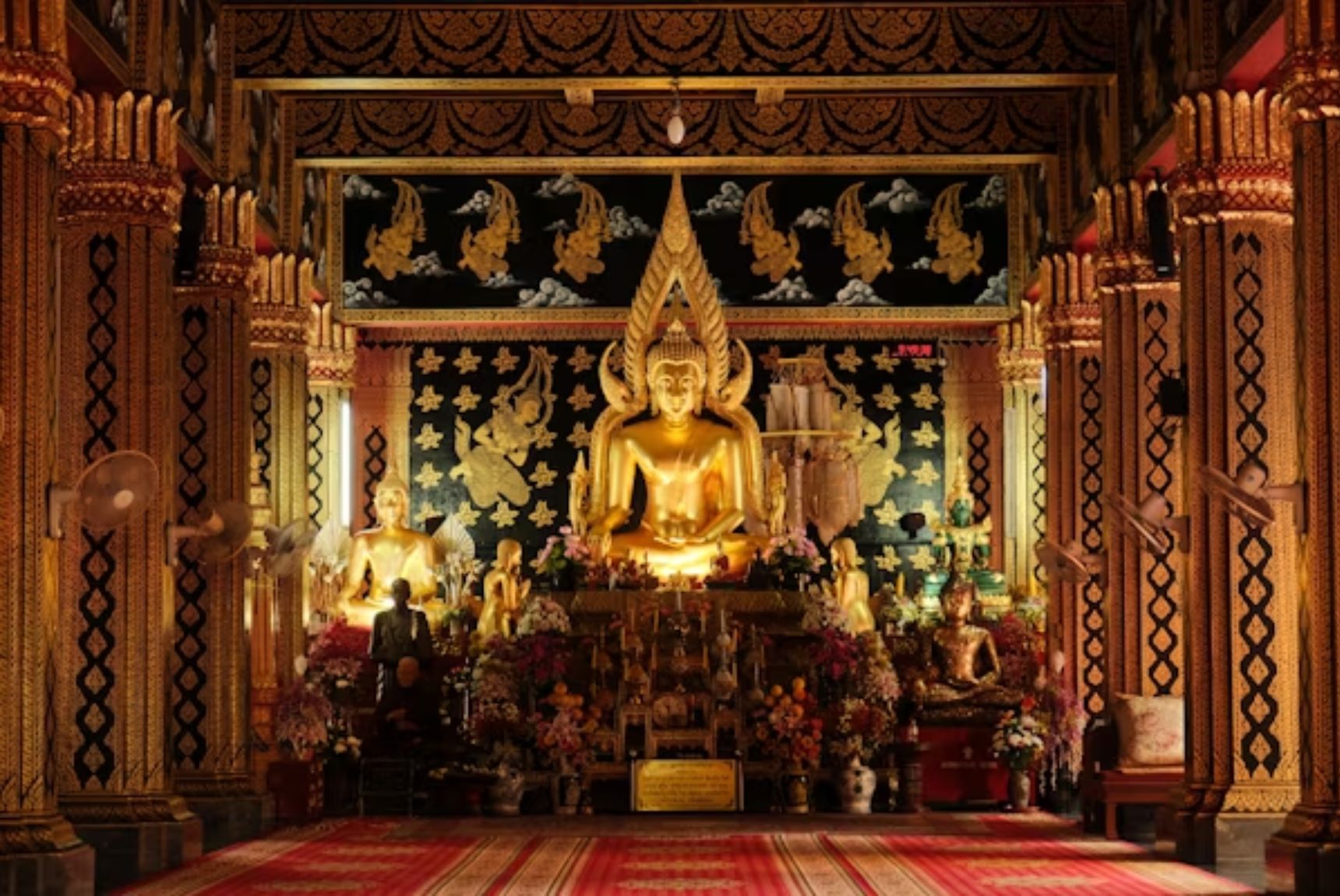In Thailand, spirituality and Buddhism are deeply ingrained in the culture, and these traditions have significantly influenced contemporary Thai art. The blend of ancient spiritual teachings with modern artistic expression has created a distinctive art scene that offers insight into Thailand's evolving identity.
For many Thai artists, spirituality is not merely a theme, but a lens through which they explore their personal, cultural, and social landscapes. This article delves into how Buddhist philosophy and spiritual practices shape contemporary Thai art, influencing both its content and form, while fostering a deep connection to tradition and modernity.
Spirituality as a Creative Force in Thai Art
Spirituality in contemporary Thai art often serves as both a source of inspiration and a framework for expression. The concept of "Dhamma" (the teachings of the Buddha) is frequently explored through visual art, reflecting core Buddhist principles such as impermanence, suffering, and enlightenment.
Many contemporary Thai artists use their work as a form of meditation, contemplating the nature of existence and human consciousness. This meditative approach is evident in the calm, serene compositions found in many Thai paintings and sculptures, where the interplay of light and space invites contemplation and introspection.
The connection between art and spirituality is particularly strong in sacred Thai art forms, such as murals and sculptures found in temples, which have evolved over centuries. Today, these traditional forms are reinterpreted by modern artists, blending age-old techniques with contemporary themes. These works explore the spiritual journey, portraying not only Buddhist deities but also the quest for personal enlightenment.

Buddhism and Symbolism in Thai Art
Buddhism’s profound influence on Thai art is evident in the use of symbolic imagery, which often carries spiritual meaning. For example, the lotus flower, a common motif in Thai art, represents purity and enlightenment, emerging from the murky waters of desire. Artists incorporate such symbols to convey Buddhist teachings, using them as metaphors for the artist’s own path to spiritual understanding.
The depiction of the Buddha is another central theme in contemporary Thai art, although it is often portrayed in innovative ways. Modern interpretations may depict the Buddha in more abstract forms, focusing on the symbolic representation of the teachings rather than literal depictions. These reinterpretations offer fresh perspectives on Buddhist philosophy, inviting viewers to reflect on the relevance of these ancient teachings in today’s world.
Art as a Spiritual Practice: Meditation and Creation
For many Thai artists, the act of creating art itself is a form of spiritual practice. The process of making art—whether through painting, sculpture, or installation—is seen as a meditative journey that allows the artist to connect with deeper aspects of their consciousness. Some artists even incorporate Buddhist rituals into their artistic process, using chanting, incense, and other elements to create a spiritual atmosphere during the creation of their work.
This deep connection between art and spirituality is further explored in performance art, where movement, sound, and ritual are often integrated into the performance. These performances are designed not only to engage the audience but also to facilitate a spiritual experience for the artist, allowing them to connect with their own inner self as they explore themes of enlightenment and human suffering.
Contemporary Expressions of Buddhist Art in Thailand
While traditional Thai Buddhist art remains vital, contemporary Thai artists have sought to expand the boundaries of spiritual expression. Many are challenging the conventional limits of religious art by incorporating modern mediums, such as video, photography, and digital art, into their work. These new forms of expression reflect a fusion of spirituality and modernity, showcasing how Buddhism’s teachings can be adapted to the contemporary world.
Artists like Phong Tuan have gained recognition for their innovative use of multimedia to explore Buddhist themes. Their works often focus on concepts such as mindfulness, impermanence, and the transient nature of life, using visual storytelling to convey the Buddhist view of the world. This approach allows audiences to engage with Buddhism in new and dynamic ways, moving beyond traditional representations to challenge and expand upon spiritual teachings.

Art as a Bridge Between Tradition and Modernity
The integration of Buddhism into contemporary Thai art serves as a bridge between tradition and modernity, allowing artists to preserve and reinterpret their cultural heritage while addressing the complexities of contemporary life.
These artists navigate the tension between tradition and innovation, using spiritual themes to reflect on the human condition in an ever-changing world.Buddhism provides a rich source of inspiration for contemporary artists to address not only spiritual themes but also social and political issues.
Themes of suffering, liberation, and enlightenment are applied to contemporary struggles, including those related to identity, inequality, and environmental challenges. In this way, contemporary Thai art not only serves as a reflection of Buddhist teachings but also as a catalyst to transform awareness and inspire social change.
Final Thoughts
Spirituality and Buddhism remain at the heart of contemporary Thai art, influencing both the form and content of the works produced. From traditional symbolism to modern reinterpretations, Thai artists continue to explore and express the core values of Buddhist philosophy, offering audiences an opportunity for introspection, connection, and spiritual understanding.
As these artists push the boundaries of traditional art forms, they create a dialogue between the past and the present, weaving the ancient teachings of Buddhism into the fabric of modern Thai society.

